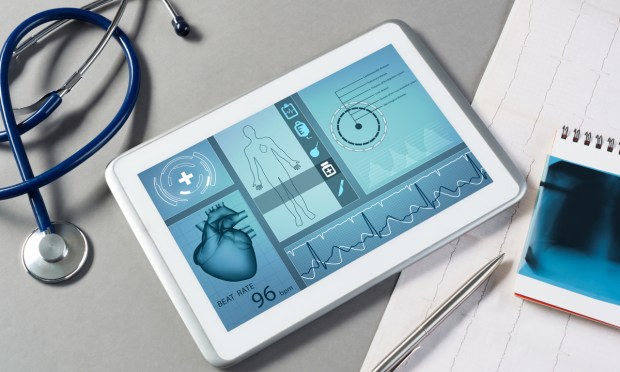American Hospitals Suffer Increase in Cyberattacks

Cyberattacks on American hospitals are reportedly growing in number and sophistication.
The uptick in cybercrimes — as reported Friday (June 23) by Bloomberg News — comes amid increased health spending among U.S. consumers and a rise in use of digital health platforms.
The Bloomberg report quoted John Riggi, the national adviser for cybersecurity and risk at the American Hospital Association, who says that health facilities were struck by 226 digital attacks affecting 36 million people this year, on pace to surpass last year’s figures.
In addition to the attacks, hospitals are also contending with rising labor and supply costs and staffing shortages, the report noted. The sector last year had what Moody’s Investors Service analyst Matthew Cahill called “arguably the worst year in healthcare history” in terms of their financial performance.
“There’s really no wiggle room for hospitals to deal with this,” Cahill told Bloomberg.
The report also notes that COVID pandemic just made the threat worse.
“COVID was a transformative event as far as cyberrisk goes,” Omid Rahmani, head of the public finance cybersecurity group at Fitch Ratings, told Bloomberg. “Most of these networks were not designed to go virtual overnight.”
Consumers, however, are ready to go virtual when it comes to their medical care, as recent PYMNTS research has shown.
“The Digital Healthcare Gap: Streamlining The Patient Journey,” a PYMNTS and Experian Health collaboration, found that two-thirds of consumers use patient portals, while 32% of nonusers are at least interested in doing so.
The study also found that 1 in 5 patients scheduled appointments using digital channels in the last 12 months, with urgent care patients being the most likely to do so: 17% of urgent care patients used patient portals, 16% did so via the practices’ website and 5% via text message.
Meanwhile, figures released earlier this month by the Centers for Medicare & Medicaid Services’ (CMS) Office of the Actuary showed that health spending will make up about 20% of the American economy by 2031.
The sector represented 18.3% of the country’s gross domestic product (GDP) in 2021 and will grow its share to 19.6% in 2031, the CMS said.
Over the next eight years, national health expenditures are expected to have an average annual growth rate of 5.4%, outpacing that of the GDP, which is projected to be 4.6%.
The agency’s findings said that hospital spending growth is projected to average 5.8% annually during that period, fueled by growth in hospital utilization rates and increases in hospital prices, as the industry deals with the inflation and rising labor costs impacting the larger economy.
